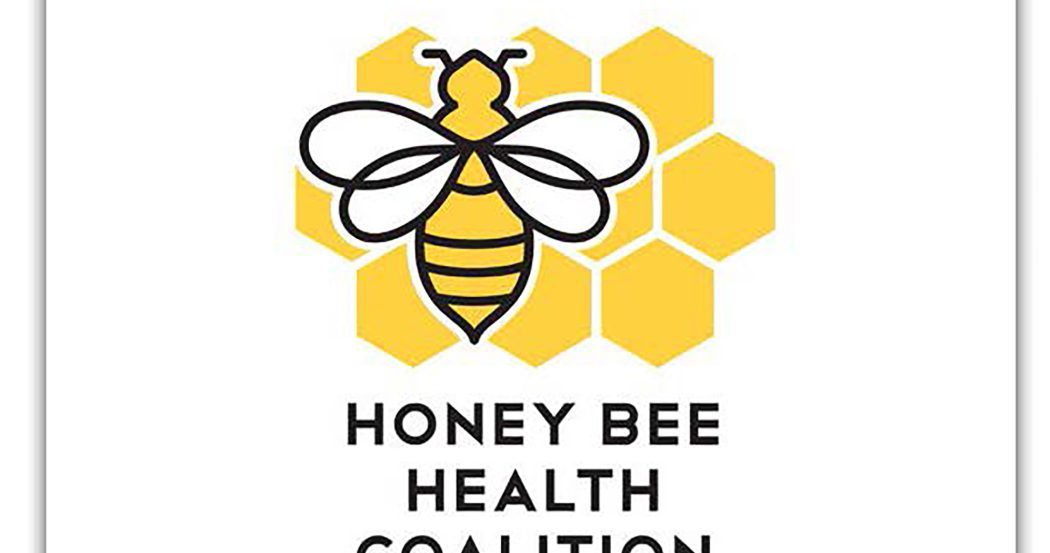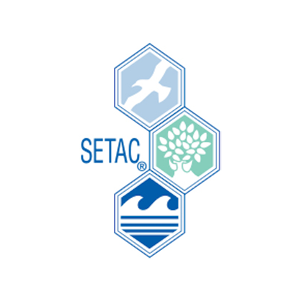From the Editor
By: Jerry Hayes
Lots of colony losses once again in 2023. There are three words I want you to remember: Varroa, Varroa, Varroa. And disappointingly, the majority of the beekeeping industry is still not using the Honey Bee Health Coalition vetted, accurate and usable Tools for Varroa Management Guide.
Varroa mites and the Varroa Virus legacy will KILL your honey bees.
In order to be a good manager of your honey bee colonies and reduce/stop losses from Varroa/Virus you, the beekeeper, need to be on your ‘game’ and be a Beekeeper not a Bee-haver.
The Honey Bee Health Coalition (HBHC) has the developed the key educational outreach tool for Varroa control titled, Tools for Varroa Management, A Guide to Effective Varroa Sampling & Control. The latest edition can be found at https://honeybeehealthcoalition.org/wp-content/uploads/2022/08/HBHC-Guide_Varroa-Mgmt_8thEd-081622.pdf. It is based on Federal and State registered, legally approved products which require beekeepers to ALWAYS following label directions. This is all you really need to successfully manage for Varroa control in your colonies. To get you started, we will share some overview of what you need to think about and actually do.
In the Tools Guide each product will have the following individual points in a table: Name, Active Ingredient, Formulation, Route of Exposure, Treatment Time/Use Frequency, Time of Year, Registrant-reported Effectiveness, Conditions for Use, Restrictions , Advantages, Disadvantages, Considerations and a link to a Use Video.
Here we are only going to share Name, Active Ingredient and Conditions for Use, to get you started.
INTEGRATED PEST MANAGEMENT (IPM) is a set of proactive, control methods that offer beekeepers the best “whole systems approach” to controlling varroa. See Tools Guide, pages 6-12.
ESSENTIAL OILS
Tools Guide pages 19-20
Name – Apiguard and Thymovar
Active Ingredient – Thymol
Conditions of Use – Temperature range restrictions: Apiguard – above 59°F and below 105°F (15°C to 40°C), Thymovar: above 59°F and below 85°F (15°C to 30°C).
Name – ApiLife Var
Active Ingredients – Thymol (74.09%), Oil of Eucalyptus (16%), Menthol (3.73%) = camphor ( essential oil)
Conditions of Use – Divide wafer into four pieces and place each piece in a corner of the hive on the top bars. Use between 65°F and 95°F (18°C to 35°C). Ineffective below 45°F (8°C).
NON-CHEMICAL / CULTURAL CONTROLS
Tools Guide pages 26-30
Name – Screen Bottom Board
Conditions for Use – Replace hive bottom; leave space below for trash (‘garbage pit’).
Name – Sanitation (bee biosecurity) comb management
Conditions for Use – Possible negative effect on bee population if five or more combs are moved at one time.
Name – Drone Brood Removal (Drone Trapping Varroa)
Conditions of Use – Only applicable during population increase and peak population when colonies are actively rearing drones.
Name – Brood Interruption
Conditions of Use – Need a queen or queen cell for each split or division created.
Name – Requeening (Ideally with varroa resistant stock)
Conditions of Use – Works best with proper queen introduction methods.
SYNTHETIC CHEMICALS
Tools Guide pages 16-18
Name – Apivar
Active Ingredient – Amitraz (formadine acaricide/insecticide)
Conditions for Use – Place one Apivar strip per five frames of bees. Place strips near cluster or if brood is present, in the center of the brood nest. Only use Apivar in brood boxes where honey for human consumption is NOT being produced.
Name – Apistan
Active Ingredient – Tau-fluvalinate (pyrethroid ester acaracide/insecticide)
Conditions for Use – Temperatures must be above 50°F (10°C). Do not use during nectar flow.
Name – Checkmite
Active Ingredient – Coumaphos (organothiophosphate acaracide/insecticide)
Conditions for Use – Wait two weeks after use before supering.
ACIDS
Tools Guide pages 21-25
Name – Mite-Away Quick Strips
Active Ingredient – Formic Acid (organic acid)
Conditions of Use – Full dose (two strips for seven days) or single strip (seven-day interval then single new strip for an additional seven days) per single or double brood chamber of standard Langstroth equipment.
Name – Formic Pro
Active Ingredient – Formic acid (organic acid)
Conditions of Use – Both treatment options can be applied per single or double brood chamber of standard Langstroth equipment or equivalent hive or equivalent hive with a cluster covering a minimum of six frames. There should be a strip touching each top bar containing brood. Use when outside day temperature is 50°F to 85°F (10°C to 29.5°C)
Name – 65% formic acid
Active Ingredient – Formic acid 65%
Conditions of Use – Use when outside temperatures are between 50°F to 86°F (10°C to 30°C) and leave hive entrances fully open
Name – Oxalic Acid / Api-Bioxal
Active Ingredient – Oxalic acid dihydrate (organic acid)
Conditions of Use – Mix 35 grams (approximately 2.3 tablespoons) of oxalic acid into one liter of 1:1 sugar syrup. With a syringe trickle five milliliters of this solution directly onto the bee in each occupied bee space in each brood box; Maximum 50ml per colony of oxalic acid in sugar syrup; fumigation of two grams per hive in Canada and one gram per hive box in the U.S.; follow label and vaporizer directions.
Name – HopGuard 3
Active Ingredient – Potassium salt (16%) of hops beta acids (organic acid)
Conditions of Use – Corrosive—use appropriate clothing and eye protection. Might stain clothing and gloves.









